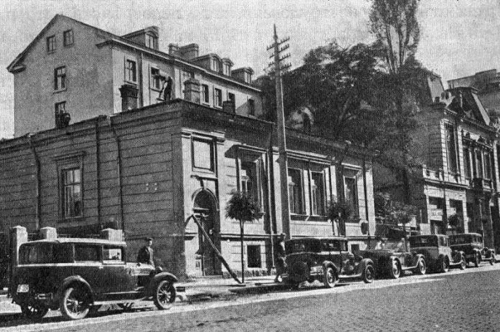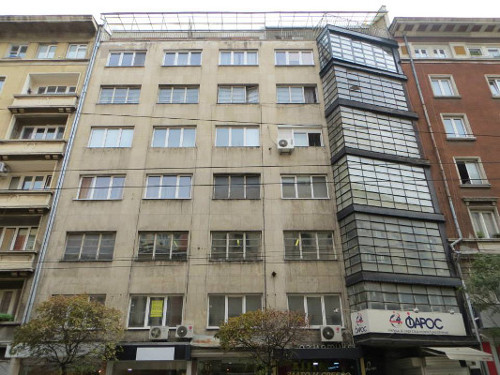139, G. S. Rakovski Str.

The first home of the Bulgarian Archaeological Institute was a small end-of-the-19th-century building on 139, Rakovski Street (later, reassigned no. 149). Instituted in November 1920, as a private research institute after the Western European model, it succeeded the Bulgarian Archeological Society. First director was Prof. Bogdan Filov and the Board of Directors included Prof. Gavril Katsarov, Prof. Yordan Ivanov, Prof. Vasil Zlatarski, and Dr. Rafail Popov. The building at 139 Rakovski Street was purchased back in the early 1920s, and in 1926 it was ceremonially inaugurated in the presence of eminent scientists and intellectuals. Later, a library building was added, enriched by books from the private libraries of the members of the Board of Directors. It was evacuated to Yablanitsa in the early 1944, and thus saved from the bombing devastations. In 1948, the Institute was nationalized and merged with the Archaeological Museum as part of the Bulgarian Academy of Sciences.

Due to financial concerns, in 1933, the Governing Board decided in place of the small house to raise a cooperative residential building, keeping part of it as property of the Archaeological Institute. The building finished in 1935 was designed by Arch. Hristo Berberov, later known for the building of the Council of Ministers and the Monument to the Soviet Army. The apartment building conformed to the reigning in Bulgaria during the 1930s modernist style – with predominantly horizontal proportions and bigger glass panes. During the bombing raids of 1944, the building suffered damage, but was later rebuilt.